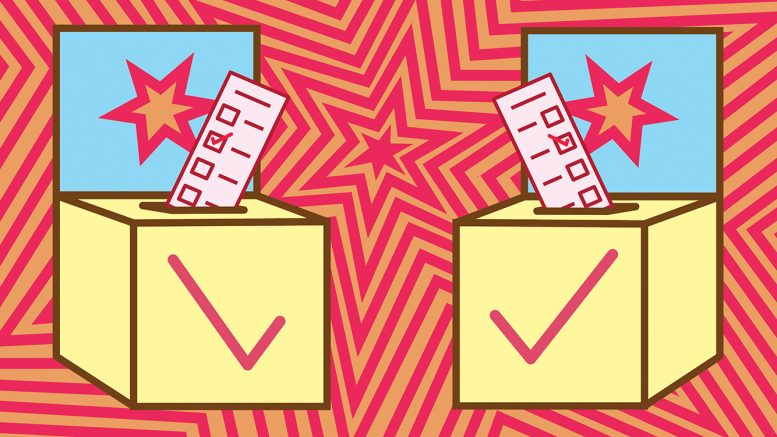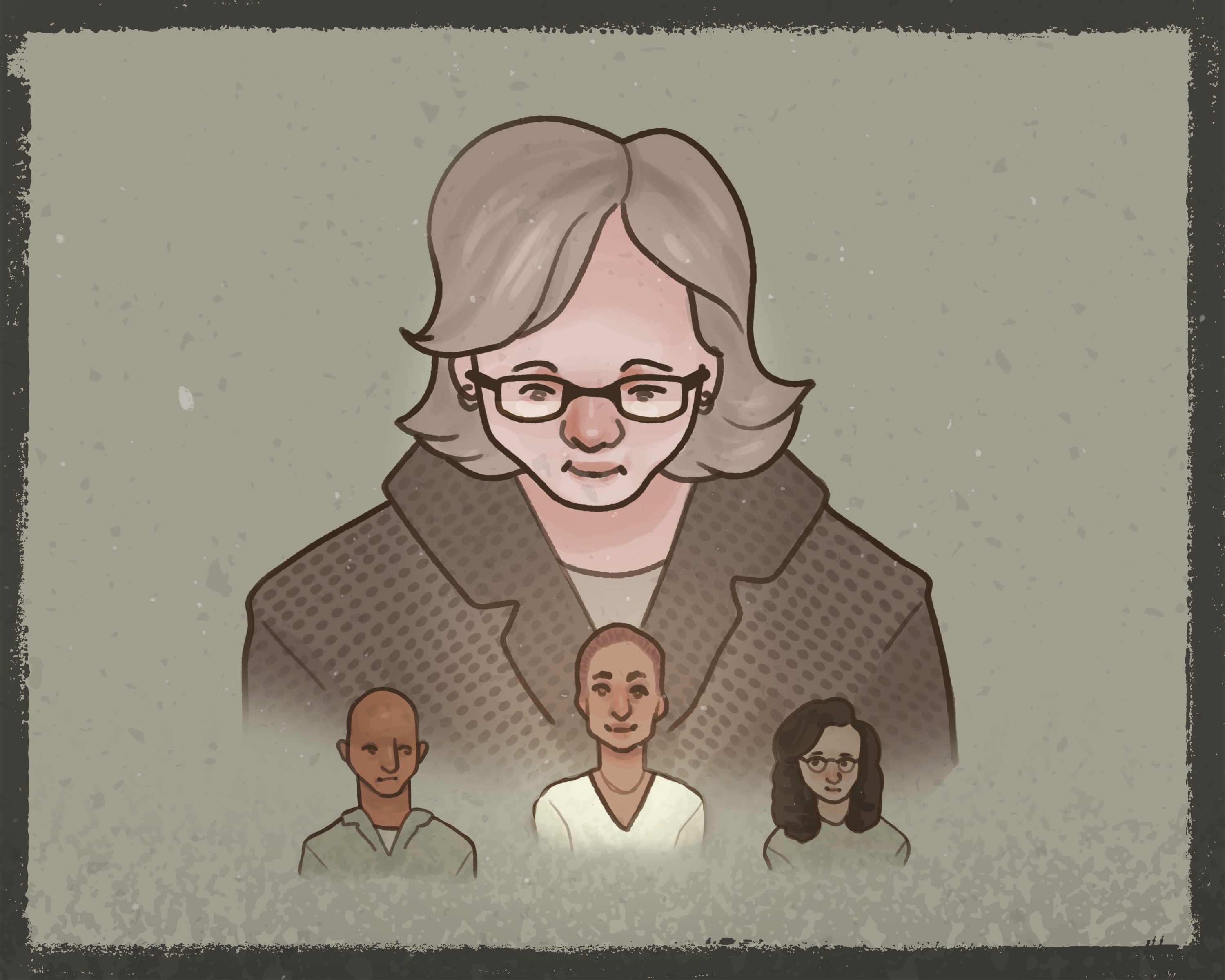I’m 21 years old. I’ve voted in three elections – municipal, federal, and provincial. All three times, my vote hasn’t counted.
No, I didn’t spoil my ballot. No, my ballot didn’t get lost. My ballots don’t count because of the way we vote. Because of our voting system, I am not represented at any level of government. In fact, most Canadians receive no representation in parliament.
This is all about to change.
In the last federal election, the Liberals promised to change our voting system within eighteen months of becoming elected, and in the spring the new government launched an all-party committee to explore electoral reform. By no later than Dec. 1, this committee will recommend a new system for federal elections in Canada. As a young person, I’m recommending proportional representation.
So what does this mean? Why are we getting rid of our current voting system, and what are the alternatives? How will electoral reform change politics in Canada? And why choose proportional representation?
Currently, Canadian federal elections are decided under a voting system called first-past-the-post (FPTP). FPTP is the oldest voting system used in western liberal democracies, and while many states have moved away from FPTP, it’s still used in parliamentary and presidential systems such as Canada, the UK, and the U.S. FPTP is renowned for its simplicity and efficiency. In every riding, the candidate with the most votes wins, and the party with a majority of seats forms government. In Canada, if the party with the most seats doesn’t hold a majority, another group of parties can work together to out-vote the winner. Outside of that generally rare occurance, the largest party gets all the power to pass laws without having to work with anyone else. You can start to see how many votes don’t count in this system.
In the last federal election, the Liberals received 39.5 per cent of the popular vote, but won 54 per cent of seats. The Liberal government can now pass legislation without having to work with any other party. They won all of the power. The same thing happened in the 2011 election. The Conservatives got 39.6 per cent of the vote, but won 53.9 per cent of seats and all of the power.
So if you’re like me, or the other 60.5 per cent of Canadians who didn’t vote for the Liberal party, you aren’t guaranteed representation in parliament. The winner doesn’t have to listen to you. Efficient, but not so democratic.
The alternatives being explored are versions of voting systems called alternative vote (AV) and proportional representation (PR).
Alternative vote, often referred to as “ranked ballot,” is the voting system used in Australia. Like our FPTP system, AV is winner takes all. Under AV, rather than voting for one candidate, voters rank candidates by preference. After polls close, candidate rankings are counted and recounted until someone receives 50 per cent of ballots or upwards of. If one candidate doesn’t get 50 per cent or more on the first round, than the candidate with the fewest first preference votes has their ballots recounted to see if their second preference votes will push the front runner over 50 per cent. This goes on until someone wins. While this system allows voters to select a range of preferences, parties can still win all of the power with a minority of the votes. Still not fully democratic.
Finally: proportional representation. PR is the system that has been adopted by most states in Europe and Latin America. The idea is simple – the number of seats a party wins in parliament should be proportional to the percentage of the vote they receive. If a party gets 40 per cent of the vote, they win 40 per cent of the seats.
Since parties elected via PR typically receive below 50 per cent of the popular vote, they are forced to work together when forming government. This means government has to develop a consensus between a wider cross-section of voters when drafting legislation and developing programs.
Arend Ljiphart, an expert on electoral systems who testified before the all-party committee on electoral reform, has stated that “consensus-based” electoral systems like PR increase the representation of women and minorities in parliaments. Furthermore, marginalized persons become more imbued in the political process when they have community representatives developing government policy on issues like the environment, welfare, criminal justice, and housing.
Electoral reform is a once in a generation opportunity. It goes beyond changing the ballots we cast our votes on – electoral reform transforms the democracy we live in. If we want our political system to leave fewer voices out, to consider the will of minority populations, and to address rampant economic inequality and climate change, then we must adopt proportional representation.
If you want to make sure the all-party committee and the Trudeau government know young people support PR, Leadnow Winnipeg will be hosting a youth forum on electoral reform Sept. 28 from 6:30 p.m. – 8:30 p.m.
We finally have a chance to dump Canada’s archaic and undemocratic electoral system and start building a democracy for the 21st century. Let’s take it.
A community consultation on electoral reform will be hosted by Minister of Democratic Institutions Maryam Monset at Dakota Community Centre, 1188 Dakota Street, on Sept. 12 at 7 p.m.




